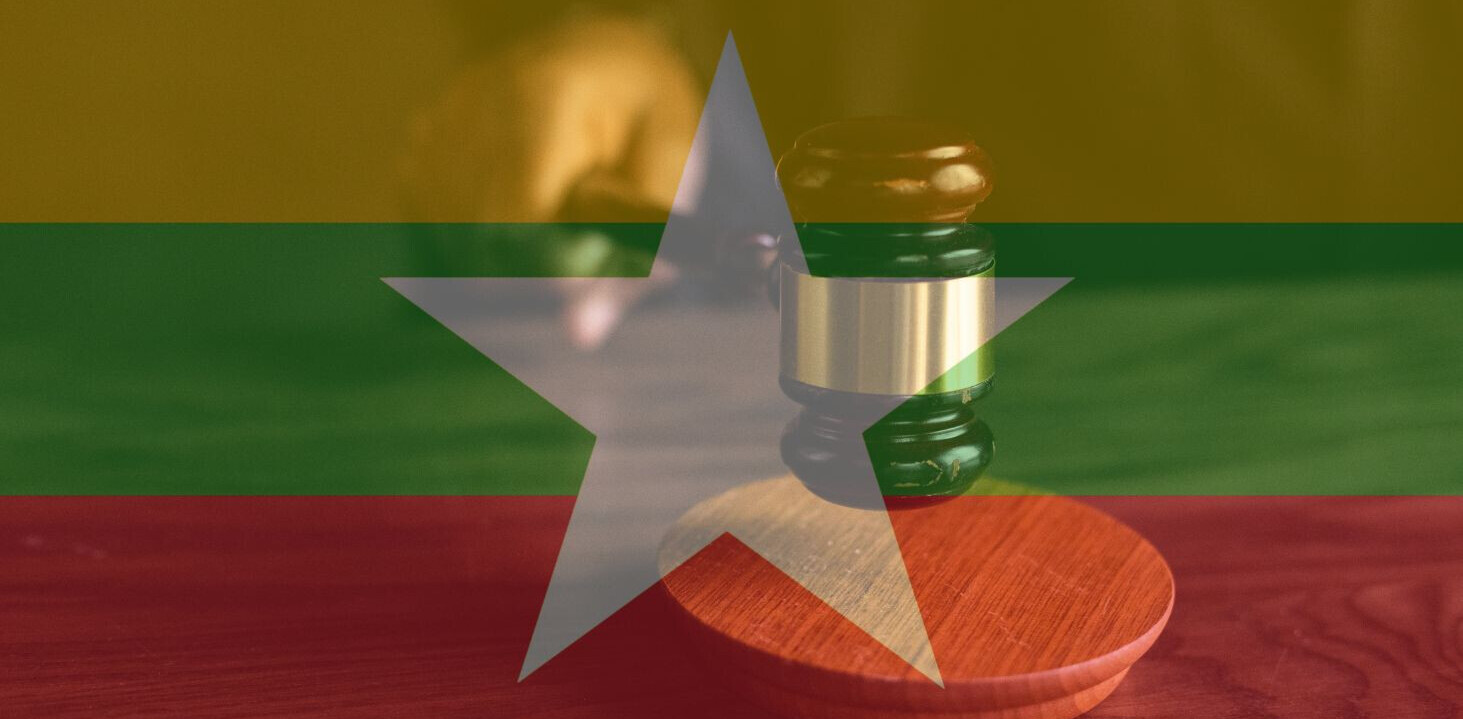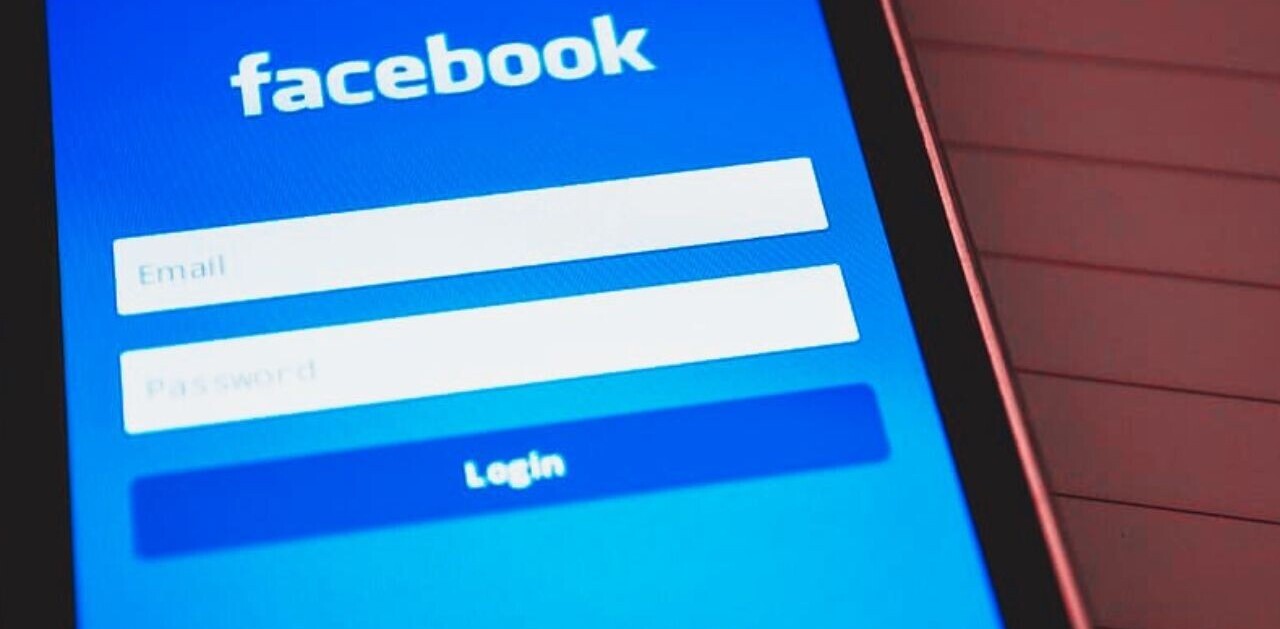
After several months testing smaller scale models, Facebook has successfully completed its first full-scale test flight of the massive Aquila drone. With a wingspan rivaling that of a Boeing 737, only weighing much less due to a carbon fiber composite design, the team reached a major milestone by launching, and flying, the drone for more than 90 minutes — more than three times the planned test run.
Intending to provide internet to the 1.6 billion people worldwide that don’t have access to it, Facebook plans to use the solar-powered drone to beam coverage to 60-mile-wide areas on the ground while staying airborne for up to 90 days at a time all while drawing no more power than a trio of hair dryers.
In future flights the plan is for the Aquila to reach speeds of 70 to 80 miles per hour at altitudes of more than 60,000(up to 90,000) feet, a height that would put the drone out of the reach of commercial airliners and weather patterns. But that’s in “two or more years,” according to Jay Parikh, Facebook’s Vice President of Infrastructure Engineering. Today’s flight, however, saw Aquila cruise at 25 miles per hour while reaching an altitude of 2,000 feet.
While in the air, Facebook’s aeronautics team gathered data on various aspects of Aquila’s performance, including “autopilot, motors, batteries, radios, ground station, displays, basic aerodynamic handling, structural viability and crew training.” Essentially, the mission sought to answer one question: “how good were our models at predicting actual behavior?”
Aside from a non-catastrophic structural failure shortly before landing, the tests all performed in line with Facebook’s models, and overall the flight was a success. Over the next several months the team plans to make the tests more demanding before eventually reaching the planned 60,000 foot height and longer flight times.
Get the TNW newsletter
Get the most important tech news in your inbox each week.




